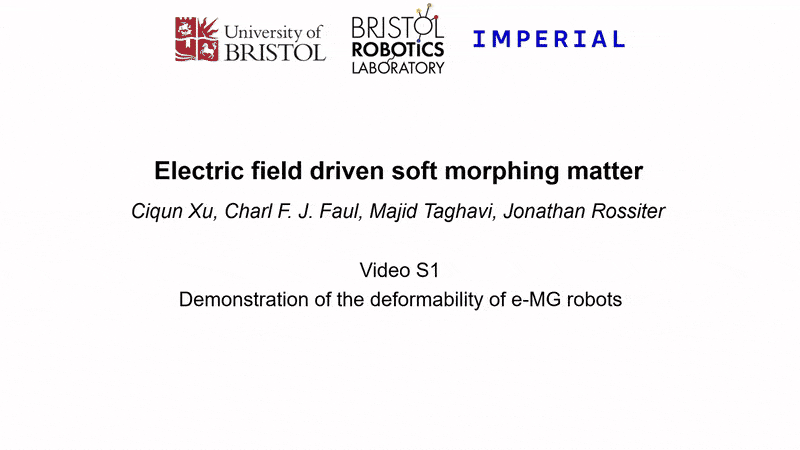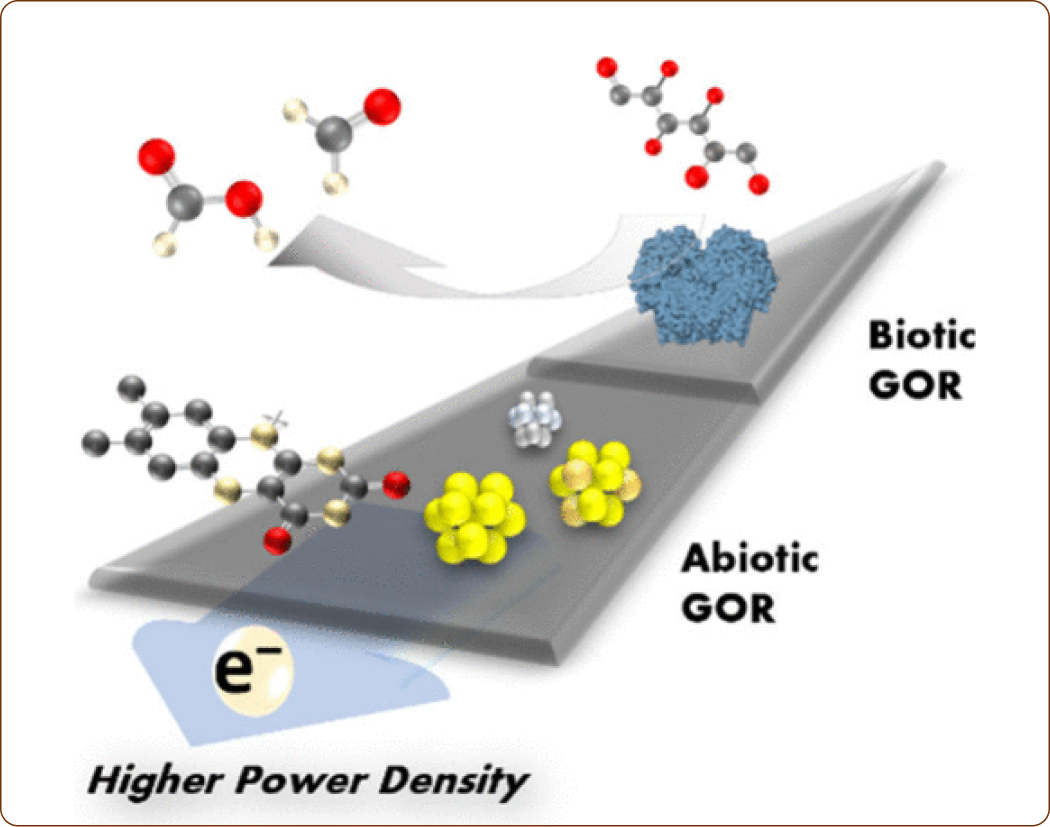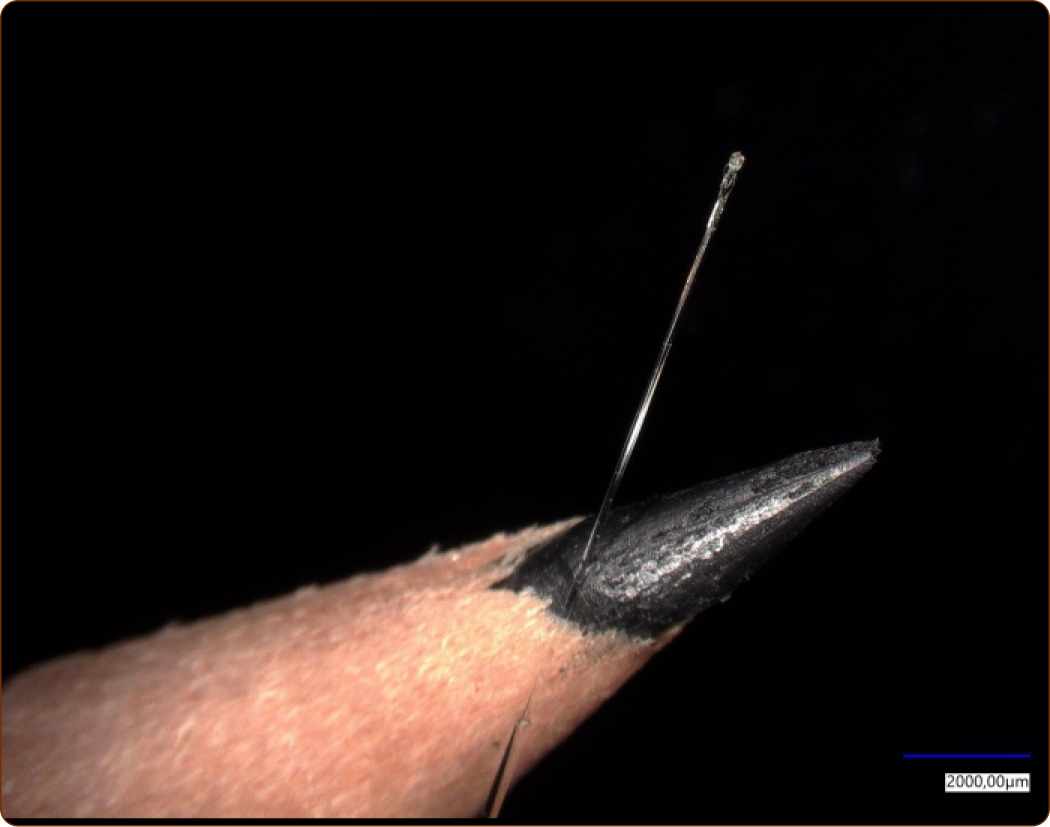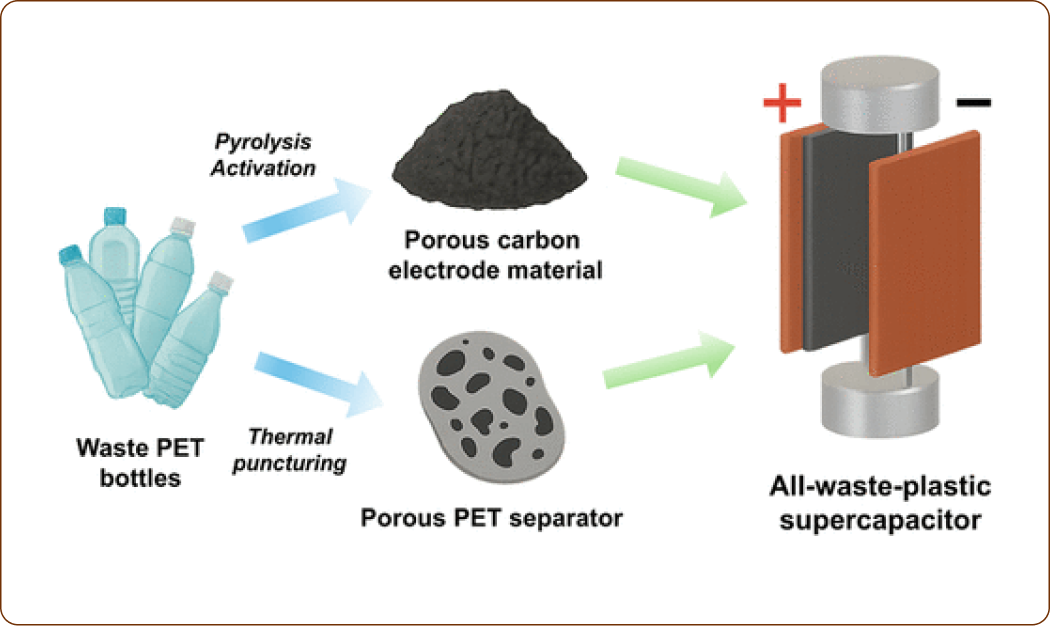engineering band names

Welcome back my 86k+ fellow engineering nerds 🤓
Today’s edition is new. New games. New innovations. New News. And more 👀
Last week’s mystery gift was sent, hope you all received it!!
This week too, we have a different mystery prize. And it’s restricted to the first 15 right answers!

Want to be featured in the next edition? And win the mystery gift?
Reply with the answer to this:
Let’s get into this week’s game!
Engineering Band Names:
I want to hear your best names for a group made entirely of engineers. Things like “The Hydraulic Heavyweights”, “Three geeks and a gear”, “Protractor Polka”.
Just reply with the best you’ve got and you might win that mystery prize 🎁
Want to reach an audience of over 80k engineers? Click here to book a call with me to see how we can partner to help!
What Happened This Week?
1. Researchers Built a Robot That Shapeshifts Like Venom Using Electric Jelly
Remember Venom from Marvel? The symbiote that can morph into whatever shape it wants? Bristol and Queen Mary University basically made that, except with electro-morphing gel.
How does it work? Apply voltage through tiny electrodes and the gel just... bends, stretches, contracts however you tell it to. The material is a soft polymer loaded with nanocrystalline conductors that respond to electric fields.
Most soft robots use magnetic fields (which need massive, expensive electromagnets) or clunky mechanical parts. This gel just needs electricity. Way simpler.

Their humanoid gymnast robot did 10,000 movement cycles without breaking down. In one demo it literally swung along a ceiling using its flexible limbs like some kind of gel-based Spider-Man.
The cool part is you can mix this gel with rigid robot parts to create hybrids. Soft where you need flexibility, rigid where you need strength.
Rescue robots squeezing through collapsed buildings? Check.
Medical wearables that move with your body instead of against it? Check.
Space robots that morph to handle weird terrain? Also check.
Will we see venom in real life soon? 👀
2. This Battery Runs on Sugar and Vitamins (Literally How Your Body Works)
No… I’m serious..
In your cells, vitamin B2 acts like a shuttle bus moving energy around between different parts. In this battery, it does the exact same job: ferrying electrons back and forth between the positive and negative sides while glucose provides the fuel.
Most attempts at sugar batteries need platinum or gold to break the glucose down. Which, you know, is expensive. These guys just used vitamin B2 instead, which costs basically nothing and apparently works just as well.
They built it with simple carbon electrodes. One side has glucose mixed with B2, other side uses either a cheap chemical or literally just oxygen from air. Power output matched expensive commercial batteries. The oxygen version is slower but way cheaper to scale up.

One problem: light makes the vitamin degrade when oxygen’s around, which drains the battery. They’re working on it though.
The whole system stores energy in liquids that flow through it instead of solid parts that wear out. And using materials that literally grow on trees means cheap home batteries without any toxic metals in the mix.
TLDR: Imagine what’s going to happen to robots at this rate 😨
3. They Built a 3D Printer Small Enough to Fit Through a Fiber and Print Tissue Inside Your Body
Yes…We went from printing papers to printing inside human bodies..Think about it, growing replacement tissue in labs is pretty cool. But then you have to cut someone open to put it in, and there's always a chance their body just rejects it.
Stuttgart researchers shrunk a 3D printer down to the size of a salt grain. It travels through a fiber thinner than a pencil lead, pops out where you need it, and just prints tissue directly inside your body.

The lens at the tip is absurdly tiny but focuses laser pulses to solidify bio-ink layer by layer. The pulses are femtoseconds long (that's a millionth of a billionth of a second: your brain can't even comprehend time scales that short). This precision builds structures the size of individual cells without frying anything nearby.
Previous attempts either couldn't get small enough, couldn't get precise enough, or used materials that killed the cells. This one uses biodegradable inks your body actually accepts and integrates naturally.
So instead of transplants, doctors just thread this fiber through a tiny scope and print replacement tissue right where the damage is. No major surgery or any rejection risk, just... fixed?
They got $2 million to make this real for hospitals. We're like one step away from Star Trek tricorders at this point 😂
Water Bottles Are Now Charging Your Phone (And It's Not a Metaphor)
You know how everyone says "recycle your plastic bottles"?Yet only 9% of plastic actually gets recycled globally..The rest sits in landfills for centuries or floats in the ocean destroying marine life.
Researchers just figured out how to turn water bottles into supercapacitors: devices that charge and discharge energy fast fast. And we're not talking about melting them into park benches. We're talking about converting PET plastic into actual working energy storage.
500 billion single-use bottles get produced every year.What if instead of trash, they became components that power your electronics?

Breaking down plastic at the molecular level
Here's how the transformation works. PET (polyethylene terephthalate) is made of long chains of molecules bonded together. They cut bottles into couscous-sized grains, mix them with calcium hydroxide, and heat everything to 700°C in a vacuum.
At that temperature without oxygen, the chemical bonds in those polymer chains break apart. The plastic decomposes into pure carbon, but not solid carbon: it becomes porous carbon powder filled with microscopic holes.
Why does this matter? Supercapacitors store electrical charge on surfaces. More surface area means more storage capacity. The pores create massive internal surface area: imagine a sponge versus a solid block. Same amount of material, way more surface to work with.
They mix this carbon powder with carbon black (adds conductivity) and a polymer binder (holds everything together) to form electrode sheets.
The separator problem and solution
Supercapacitors need two electrodes that can't touch each other, but ions have to flow between them through liquid electrolyte. That's where the separator comes in.
Traditional separators use glass fiber, which works but isn't recyclable. They took small PET pieces, flattened them, and perforated them with hot needles. The holes let ions flow through the electrolyte while keeping electrodes separated.
When assembled: two porous carbon electrodes submerged in potassium hydroxide electrolyte with the perforated PET separator between them = you get a functional supercapacitor.
Performance that matches conventional materials
After repeated charge/discharge cycles, the PET version retained 79% capacitance versus 78% for glass fiber versions. Basically identical performance while using trash as raw material. Plus it's cheaper to make and fully recyclable at end-of-life.
Supercapacitors aren't batteries though, they store less total energy but charge in seconds instead of hours. Yet perfect for regenerative braking, power grid stabilization, or any application needing quick energy bursts.
The breakthrough is making them sustainably. With 500 billion bottles produced annually and 91% not recycled, we've got absurd amounts of raw material just sitting around being useless.
These could hit markets within 5-10 years. Your empty water bottle might literally power your next device 👀
Your next adventure?
⦁ Aerospace Engineer: Bell Textron, Inc
Designing helicopters with identity crises that can't decide between hovering and zooming.
⦁ Mechanical Design Engineer: Caterpillar/Solar Turbines
Designing industrial-sized fidget spinners that actually power things.
⦁ Electrical Engineer: Income Power, Inc
Wiring the future so EVs and solar panels don't blow the grid.
Want to post a job to an audience of over 80k engineers? Click here to book a call with me to see how we can partner to help!